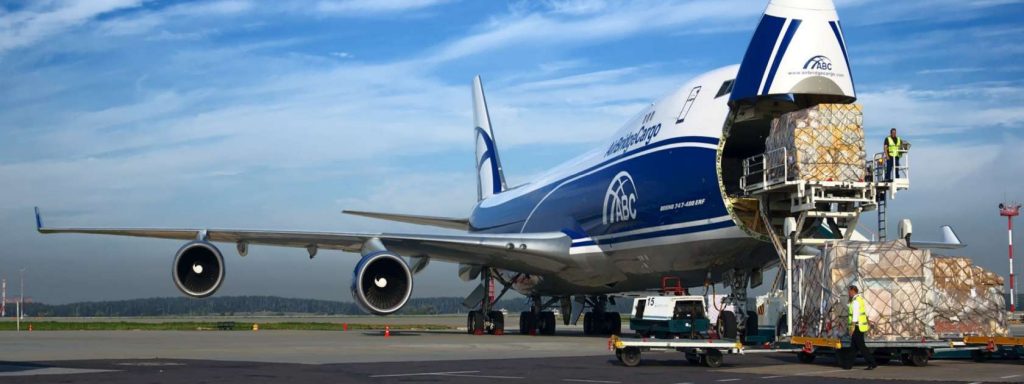Air Cargo vs. Air Passenger: Unveiling the Key Differences
3 min read
In the realm of aviation, two crucial components play a pivotal role in the transportation industry: air cargo and air passenger. While both involve air travel, they serve distinct purposes and cater to different needs. Understanding the differences between air cargo and air passenger is essential for individuals and businesses alike. In this article, we will delve into the contrasting aspects of these two domains, shedding light on their unique characteristics and functionalities.
- Definition and Purpose:
Air Cargo:
Air cargo refers to the transportation of goods, merchandise, and packages via aircraft. It serves as a vital link in the global supply chain, facilitating the movement of goods across vast distances. From perishable items to heavy machinery, air cargo ensures swift and efficient delivery, reducing transit times and enabling businesses to meet tight deadlines.
Air Passenger:
On the other hand, air passenger involves the transportation of individuals from one destination to another. It caters to the needs of travelers, offering a convenient and rapid mode of transport. Whether for business or leisure purposes, air passenger services connect people worldwide, enabling them to reach their desired locations swiftly and comfortably.
- Infrastructure and Logistics:
Air Cargo:
The infrastructure and logistics involved in air cargo are specifically designed to handle various types of goods. Air cargo terminals, warehouses, and specialized handling equipment are essential components of this system. Additionally, stringent security measures and customs clearance procedures ensure the safe and efficient movement of goods across international borders.
Air Passenger:
In contrast, air passenger infrastructure focuses on providing a seamless travel experience for individuals. Airports are equipped with passenger terminals, check-in counters, security checkpoints, and boarding gates. The emphasis is on passenger comfort, convenience, and safety, with amenities such as lounges, duty-free shops, and restaurants catering to their needs.
- Regulations and Documentation:
Air Cargo:
Due to the nature of transporting goods, air cargo involves complex regulations and documentation. Compliance with international trade laws, customs regulations, and safety standards is crucial. Proper documentation, including airway bills, commercial invoices, and packing lists, is required to ensure smooth transit and customs clearance.
Air Passenger:
While air passenger travel also requires documentation, the focus is primarily on personal identification and travel-related information. Passports, visas, and boarding passes are the key documents necessary for air passengers. Security checks and immigration procedures are in place to ensure the safety and legality of travel.
- Revenue Generation:
Air Cargo:
Air cargo plays a significant role in generating revenue for logistics companies, airlines, and the overall economy. Freight charges, handling fees, and additional services contribute to the financial sustainability of the air cargo industry. Moreover, specialized cargo carriers and freight forwarders offer tailored solutions to meet the diverse needs of businesses.
Air Passenger:
For airlines, revenue generation primarily stems from air passenger services. Ticket sales, baggage fees, in-flight services, and loyalty programs contribute to the financial viability of airlines. The passenger travel industry also fuels tourism and stimulates economic growth in various regions.
Conclusion:
In conclusion, the differences between air cargo and air passenger are evident in their purpose, infrastructure, regulations, and revenue generation. While air cargo focuses on the transportation of goods and plays a crucial role in the global supply chain, air passenger services cater to the needs of travelers, connecting people worldwide. Understanding these distinctions is vital for individuals and businesses seeking efficient and reliable transportation solutions in the aviation industry.

